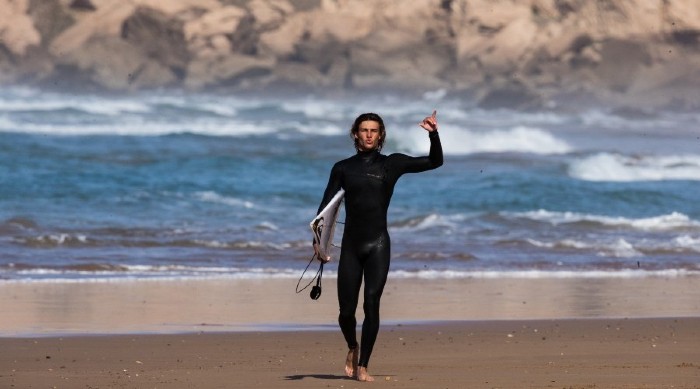Embarking on a water sports adventure calls for the right gear, and at the heart of this gear is the wetsuit. Essential for maintaining body temperature and providing comfort and protection in various water conditions, a men’s wetsuit is more than just attire; it’s a key to unlocking the full potential of your aquatic endeavors. This guide is designed to help you navigate the myriad options and find the perfect wetsuit tailored to your needs.
Know Your Water Sport
Your choice of wetsuit largely depends on the type of water sport you’re engaged in. Surfing, for instance, requires a wetsuit that offers flexibility and ease of movement. In contrast, deep-sea diving demands a suit with greater insulation and durability to withstand underwater pressures and colder temperatures. Kayaking or paddleboarding may require different features, such as lighter materials or UV protection. Understanding the specific requirements of your sport is the first step in selecting the right wetsuit.
Understanding Wetsuit Types
Wetsuits come in various designs, each serving a specific purpose:
- Full Suits: Covering the entire body, they are ideal for colder waters, providing maximum thermal protection and coverage.
- Spring Suits: With shorter sleeves and legs, they are suitable for milder conditions.
- Shorties: Offering the least coverage, they’re perfect for warm water activities.
Each type balances warmth, protection, and flexibility. The choice depends on the water temperature and personal preference for mobility and coverage.
Wetsuit Materials And Thickness
Neoprene, a synthetic rubber, is the standard material for wetsuits, prized for its insulation properties and flexibility. The thickness of neoprene, measured in millimeters, varies across different parts of the wetsuit (e.g., 3/2mm – 3mm on the body and 2mm on the arms and legs). Thicker wetsuits (5mm to 7mm) are designed for cold water, providing greater insulation. Thinner suits (2mm to 3mm) are more flexible and suitable for warmer waters.
Proper Sizing And Fit
A well-fitting wetsuit is crucial for its effectiveness. It should snugly hug your body without restricting movement or circulation. Too loose, and it will allow water to flow freely inside, reducing its insulating ability; too tight, and it can restrict mobility and be uncomfortable. Trying on various styles and sizes is essential to achieving the ideal fit. Pay attention to areas like the neck and shoulders on the upper part of the wetsuit and knees on the Mens Wetsuit Pants, ensuring there are no bunching or overly tight sections.
Additional Features And Accessories
Modern wetsuits come with a variety of features:
- Sealed Seams: They prevent water from seeping in, keeping you warmer.
- Zippers: Chest and back zippers offer different levels of flexibility and ease of entry.
- Thermal Linings: Some wetsuits have special linings for extra warmth.
- Reinforcements: Areas like the knees might have extra padding for durability.
Accessories like neoprene boots, gloves, and hoods can be crucial for cold water activities, offering additional warmth and protection.
Brand And Budget Considerations
There’s a wide range of brands offering wetsuits, each with its unique strengths. High-end brands often provide advanced technology and better materials, while budget-friendly options can be sufficient for casual or beginner water sports enthusiasts. It’s important to balance cost with quality, functionality, and expected frequency of use.
Maintenance And Care Tips
If you maintain your wetsuit with the necessary care, it will last longer. It should be cleaned with fresh water after every use, dried away from direct sunlight, and stored flat or on a wide hanger to prevent creases. If you want to keep its insulating properties, you should inspect it regularly and repair any tears or seam damage that you find.
Conclusion
Selecting the right men’s wetsuit is a balance of understanding your specific needs, the nuances of wetsuit types and materials, and the conditions in which you’ll be using it. A well-chosen wetsuit not only makes your water activities more enjoyable but also protects you in various aquatic environments. Invest time in selecting the right one, and it will be a valuable ally in all your water-based adventures.


